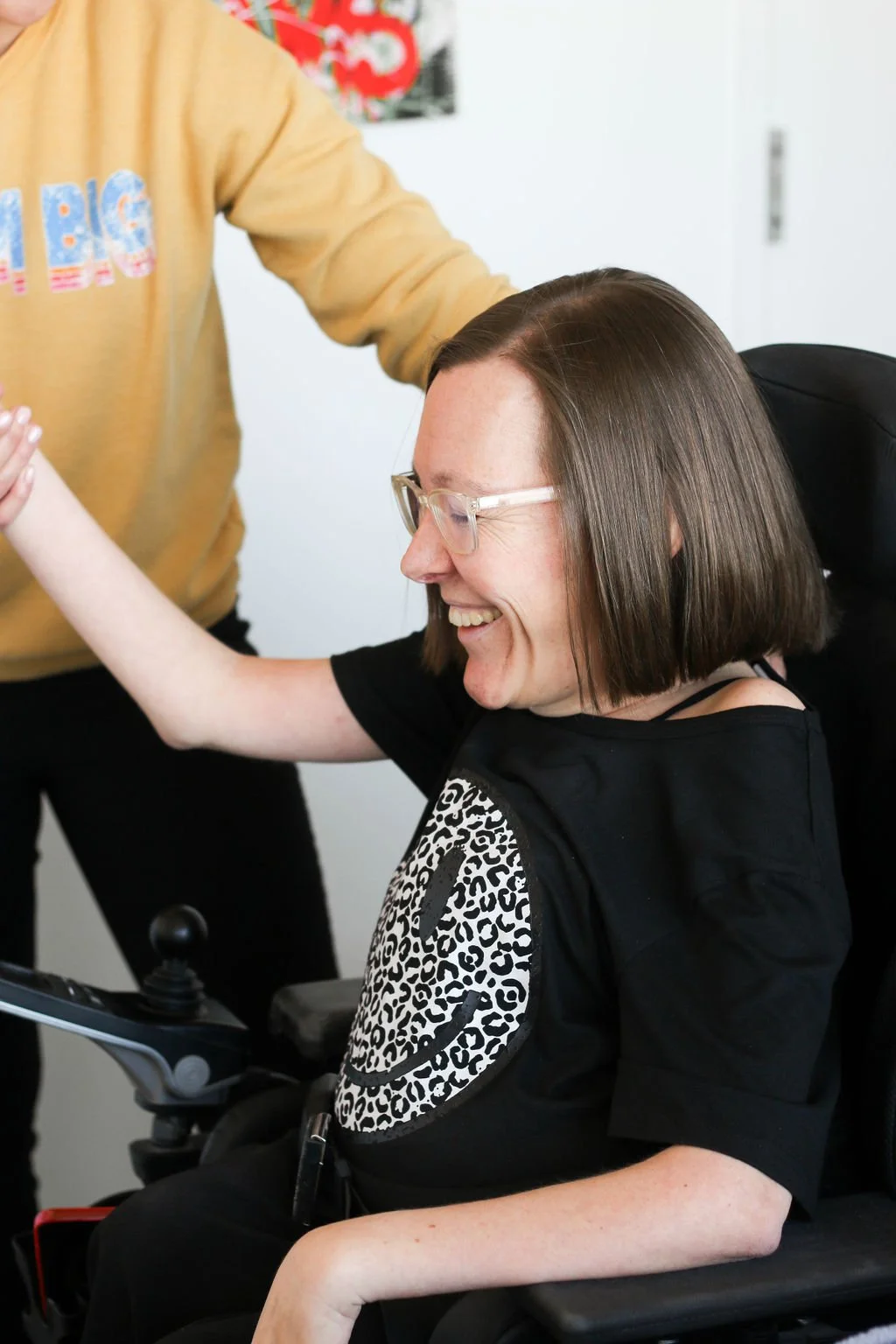Massage Therapy for Spasticity in Cerebral Palsy and Neuromotor Conditions
Gentle care that helps muscles move more freely
For children and adults living with cerebral palsy or other neuromotor conditions, spasticity can make everyday movement feel like an uphill climb. Muscles stay “on” when they should be resting, creating stiffness, discomfort, and fatigue.
At Same Stars Wellness, our massage therapists use gentle, adaptive approaches designed to calm the nervous system, reduce spasticity, and make movement more comfortable. Whether the goal is better mobility, improved comfort, or support for daily activities, massage therapy can make a meaningful difference.
Understanding spasticity
Spasticity occurs when messages between the brain and muscles aren’t communicating smoothly.
Instead of allowing muscles to contract and relax, the nervous system sends constant signals that keep them tense. Over time, this can lead to:
Limited range of motion
Pain and muscle fatigue
Challenges with coordination or fine motor control
Difficulty sleeping or staying comfortable
While spasticity can’t always be eliminated, the right supportive care can ease its impact — helping patients move with less resistance and more confidence.
How massage therapy helps
Massage therapy plays an important role in managing spasticity by addressing both the muscles and the nervous system.
Our experienced therapists use slow, rhythmic, and supportive techniques that:
Encourage muscle relaxation and release
Improve circulation and tissue flexibility
Support range of motion and joint mobility
Reduce pain and stiffness
Calm the nervous system, helping the body shift out of “fight or flight”
Massage doesn’t just loosen tight muscles — it helps the entire system work together more harmoniously.
Care for children and adults
Our therapists adapt every appointment to meet the needs of each individual.
For children, sessions may include rhythmic touch, gentle stretching, and positional comfort to reduce tone and make daily activities or therapy easier.
For adults, massage can help manage chronic tightness, prevent contractures, and support daily function.
Treatments can take place in a chair, on the table, or in a wheelchair — wherever the patient feels safest and most supported.
Working alongside other therapies
Massage therapy pairs beautifully with physiotherapy, occupational therapy, and mobility training. By decreasing tone and discomfort, massage can:
Improve stretch tolerance
Support postural alignment
Enhance comfort during physiotherapy or exercise
Encourage better rest and recovery
When included as part of a broader care strategy, massage helps patients — and caregivers — see more sustainable progress.
A supportive, inclusive environment
Our clinic was designed with accessibility and comfort in mind: wide treatment spaces, sensory-friendly rooms, and options for in-clinic or mobile care.
Every therapist at Same Stars Wellness has advanced training in neuromotor and pediatric care, ensuring safe, evidence-informed support for every age and ability.
Further Reading & Resources
Physiotherapy Association of British Columbia – Spasticity Management
Massage Therapy Foundation – Research on Neurological Conditions
Learn more about massage therapy for cerebral palsy and neuromotor care at samestarswellness.com or call 403-452-6783.

